People I work with know how much I love consistency, especially with naming conventions for campaigns. And really, what could be a better way to begin the year than to start thinking about yours?
Coming up with a naming convention could help your team find campaigns faster, and identify which marketing assets are connected to each other. In addition, you can leverage it when you are building a report in Salesforce and would like to filter your campaigns by specific parameters that are not fields.
Names will be based on the collateral naming convention already in use, composed of certain parameters that are easily identifiable. Let’s see what those parameters should be.
Date
Think about the regularity of your campaigns. Do you run your campaigns on a regular basis, maybe quarterly? In that case, include the year and/or quarter in the naming convention to identify seasonality easily, such as:
- 20Q1 – First quarter in 2020
- 2020 – Campaign running throughout the year
Region
Do you segment your target audience based on their region or country? Make sure that is represented in the naming convention you are using for their campaigns. Depending on your company and team structure, you can choose to segment your audience based on region or country. In either case I recommend to use the short abbreviation in uppercase, like:
- GBL – Global audience
- AMER, EMEA, APAC – Regional audience for America, Europe and Asia regions
- UK, DE, HU – Country audience for United Kingdom, Germany and Hungary
For the countries you could use a 2-letter ISO code, see this link for the specifics.
Topic
Without including the topic of your campaign it will be really hard to identify what it is for. So best not to forget! Be specific with what it relates to, whether that is an event, whitepaper or product launch. Based on your topic you might want to include different specifics, such as:
- WP.Webinars – Whitepaper about webinars
- EV.Meetup.Mar – Meetup event in March
- PL.SalesforceTraining – Product launch for Salesforce Training
When you have the parameters ready, it’s time to put them together. But instead of including the abbreviations next to each other, it’s best to separate them somehow. Commonly used separators are a full stop (.), dash (-) or underline (_). Find the one that speaks to you and use it consistently.
Let’s see how it would look like in real life. What name should we use for our Pardot Training Course we are running in January 2020?
20Q1.EMEA.UK.EV.PardotTrainingCourse.Jan
If you want to be my favorite Pardot user, you could leverage the same naming convention on your Pardot assets as well. Make sure you name the associated forms, emails and landing pages based on the same logic as your campaigns.
Need help becoming more consistent and structured? Get in touch and find yourself an organised consultant who can guide you.


